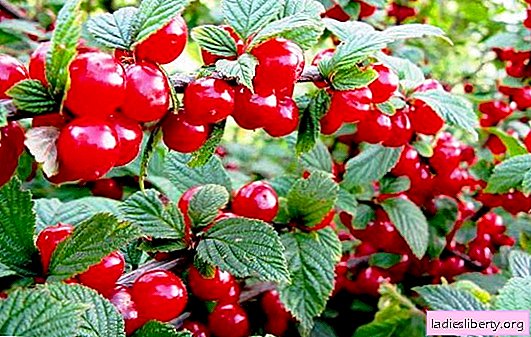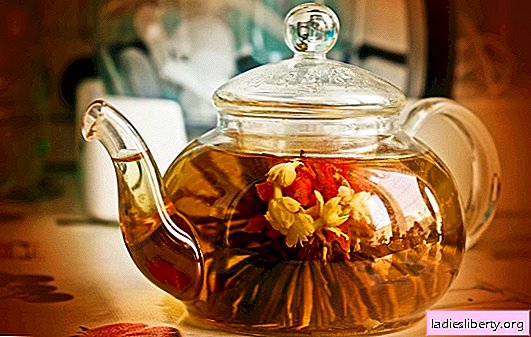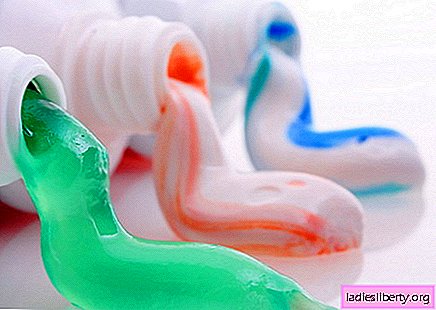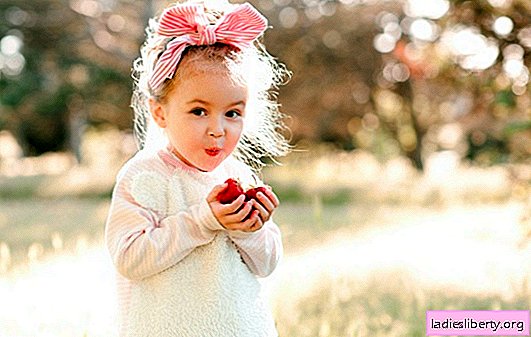
Felt or Chinese cherry is a distant relative of wild cherry. It got its name for pubescence, similar to felt and covering young shoots, leaves, pedicels and fruits. This crop has the following advantages for growing on a garden plot:
• unpretentious;
• frost-resistant (tolerates frosts up to -30-35 ° C);
• earlier and stable fruiting (ripens before the usual cherry for 1.5-2 weeks, from one bush you can collect up to 10 kg of the crop);
• fruits do not crumble;
• decorative (it can be used for hedges, borders, strengthening slopes).
Felt cherry: planting (photo)
The place for planting felt cherries must be chosen correctly. Plots with a close location of groundwater, flooded, as well as shady, are not suitable for it. In such areas, cherry lags in growth, its winter hardiness and productivity decreases. The best option for this plant would be a fertile, well-drained soil with a neutral reaction. She also does not tolerate the proximity of conifers (its viability decreases).
It is better to plant 1-2-year-old seedlings of this culture in the spring before the buds bloom.
The root system of felt cherry is superficial (located at a depth of 0.3-0.35 m from the soil level), so it will not require a large feeding area. Before planting, experienced gardeners recommend trimming long roots by 20-25 cm to stimulate the development of lateral roots, dip the root system of a seedling in a mixture of clay, ash and a growth stimulator, diluted to the consistency of sour cream. This procedure is appropriate if the seedling has exposed roots. In the case of acquiring a plant in a container, such manipulation is not necessary.
The landing pit is made 0.5x0.5x0.5m. At the bottom of the pit, a layer of drainage of coarse pebbles or broken bricks is poured, and a small mound of earth mixed with compost or rotted manure (at the rate of 3 buckets per 1 planting pit) is poured on top of it and the seedling root system is spread on it. For stability, the tree is tied to a hammered support. After this, the pit is covered with earth, adding 500 g of lime to it and 100 g of ammonium nitrate and phosphorus-potassium fertilizers, are compacted and watered abundantly. The top layer is covered with turf or covered with mulch. After planting, the seedling branches are cut to 1/3 for better branching.
Planting felt cherries

Also, when planting felt cherries, it is worth considering that not all varieties are capable of self-pollination. Self-infertile varieties include: Natalie, Alice, Autumn Virovskaya. Self-fertile varieties: East, Fairy Tale, Summer, Princess, Beauty, Delight, etc. In order not to be left without a crop it is better to plant several copies of this culture. The distance in the row between the trees should be at least 1.5-2 m, and with multi-row planting - 3 m between the rows.
Important! When planting felt cherries, it is not recommended to deepen the root neck - this is fraught with the bark melting and death of the plant.
Felt cherry: cultivation methods (photo)
Farming cherry farming is quite simple. This plant is grown both from seeds and vegetatively. The first method is the most simple and affordable.
Growing felt cherries from seeds
Seeds are taken from ripened berries. For better germination, they need a natural stratification of about 3-3.5 months, so it is better to sow them in September-October. On the prepared bed, the bones are closed to a depth of 2-4 cm and sprinkled with sand on top. In the spring, after the appearance of 3 real leaflets in seedlings, they are thinned out, leaving a distance between plants of 10 cm. When young plants reach 0.25-0.3 m in growth, pinch their tops to stimulate branching.

Seedlings are transplanted to a permanent place in the third spring before the buds open. Fruiting young seedlings begin for 3-4 years of vegetation. However, it is worth remembering that plants grown from seeds do not retain varietal characteristics.
Growing felt cherries vegetatively
If you already have an adult bush of felt cherry in your garden, then new seedlings can be grown by layering. For this, a young and healthy twig is bent to the ground and fixed with a metal stud. Sprinkle the top with a pin on the ground and periodically moisten. After about 4-5 weeks, roots will appear on this shoot site. The new plant is separated from the mother, but transplanted to a permanent place next spring.
To grow felt cherries from cuttings, half-lignified healthy branches of 2-3 branching order are used. They are cut into pieces with 3-4 kidneys each. After this, the cuttings are soaked in a solution of Heteroauxin or Zircon and planted in a greenhouse in a light substrate (the lower layer is a fertile soil layer, the upper is sand). In this case, the greenhouse should have high humidity. Under such conditions, cuttings take root within a month.
Also felt cherry can be propagated by green cuttings. They are cut 6-10 cm long with 5-7 leaves. The 2 lower leaves are removed, the base of the stem is dipped in the root-forming agent and planted in the greenhouse. Fruiting such plants will begin at 3 year old.

Propagation of felt cherry with green cuttings
When propagating new varieties, felt cherries are grafted onto stocks of thorns, apricot, cherry plum, and Vladimirskaya cherries.
Felt cherry: care (photo)
Care for felt cherries consists in weeding weeds, loosening the soil in near-stem circles, watering in dry weather, applying fertilizers, pruning, and combating pest diseases.
Top dressing
The first time top dressing is done when planting seedlings. Subsequently, the application of mineral fertilizers is carried out every spring during the flowering period. One bush requires 70-80 g of phosphorus, 30-50 g of nitrogen, 20-30 potassium. The effectiveness of the applied preparations will be higher when liming the soil (every 5 years at the rate of 200-300g of lime / m2). Organics (rotted manure or compost) is brought in the autumn after pruning the bushes. For each adult plant older than 3 years, 4 buckets of such fertilizers will be required. After this, trunks circles dig or carry out deep loosening.
Pruning
Felt cherries grow and age quickly. Therefore, to form its crown and rejuvenation, pruning is performed annually.
Branches of young bushes (1-2 year olds) are cut to 1 / 3-1 / 4, if their length exceeds 0.6 cm. In this case, extra shoots are removed, leaving 10-12 the strongest.

The first pruning of felt cherries
Starting from 6-7 years of age, the felt cherry yield sharply decreases (only young shoots bear fruit), therefore, it needs a rejuvenating pruning. In this case, the center of the crown is thinned out. To do this, remove the old branches of the first and second order on the "ring". As a result of this, new shoots appear near the cut, of which the strongest is left.
Sanitary pruning is carried out annually: only dead and weak branches are removed. 15-year-old plants are best replaced with new ones.
Diseases and pests of felt cherries
The most dangerous diseases for felt cherries are a monilial burn and claustosporiasis.
Monilial burn or moniliosis is wet fruit rot caused by pathogenic fungi. Plants are infected in the spring during flowering: spores, falling on the pistil of a flower, germinate in the underlying tissue. It’s easy to notice the disease: flowers, leaves and branches fade. They look like burned, hence the name of the disease. Moniliosis develops rapidly in rainy weather. With mass infection, the bushes of felt cherries are weakened, after 2-3 years the plants finally die.

The manifestation of moniliosis
In case of kleasterosporiosis, the leaves become covered with small brown spots, in the place of which “holes” later form. Berries are covered with scabs and rot. Premature falling of leaves and weakening of the plant occurs.
Another fungal disease of felt cherry is pockets. In this case, from the affected ovaries, hollow (without stone) bag-shaped fruits with inedible pulp are formed.
To combat these ailments during the “green cone” period (swelling of the kidneys), it is necessary to spray the plants with fungicidal preparations: 3% Bordeaux liquid, copper sulfate (0.5%), 0.1% solution of foundationazole (10 g / 10 l of water). Infected branches are pruned to capture healthy tissue. Processing is carried out again at the end of flowering.
Of the specific pests of felt cherries, it is worth noting a pocket tick. As a result of its activity, galls are formed on the leaves - growths similar to warts. Photosynthesis worsens, plants weaken and die. To combat the pest before budding, the felt cherry bushes are poured from the watering can with hot water, and after harvesting, they are treated with Karbofos, Aktara or Karate.











